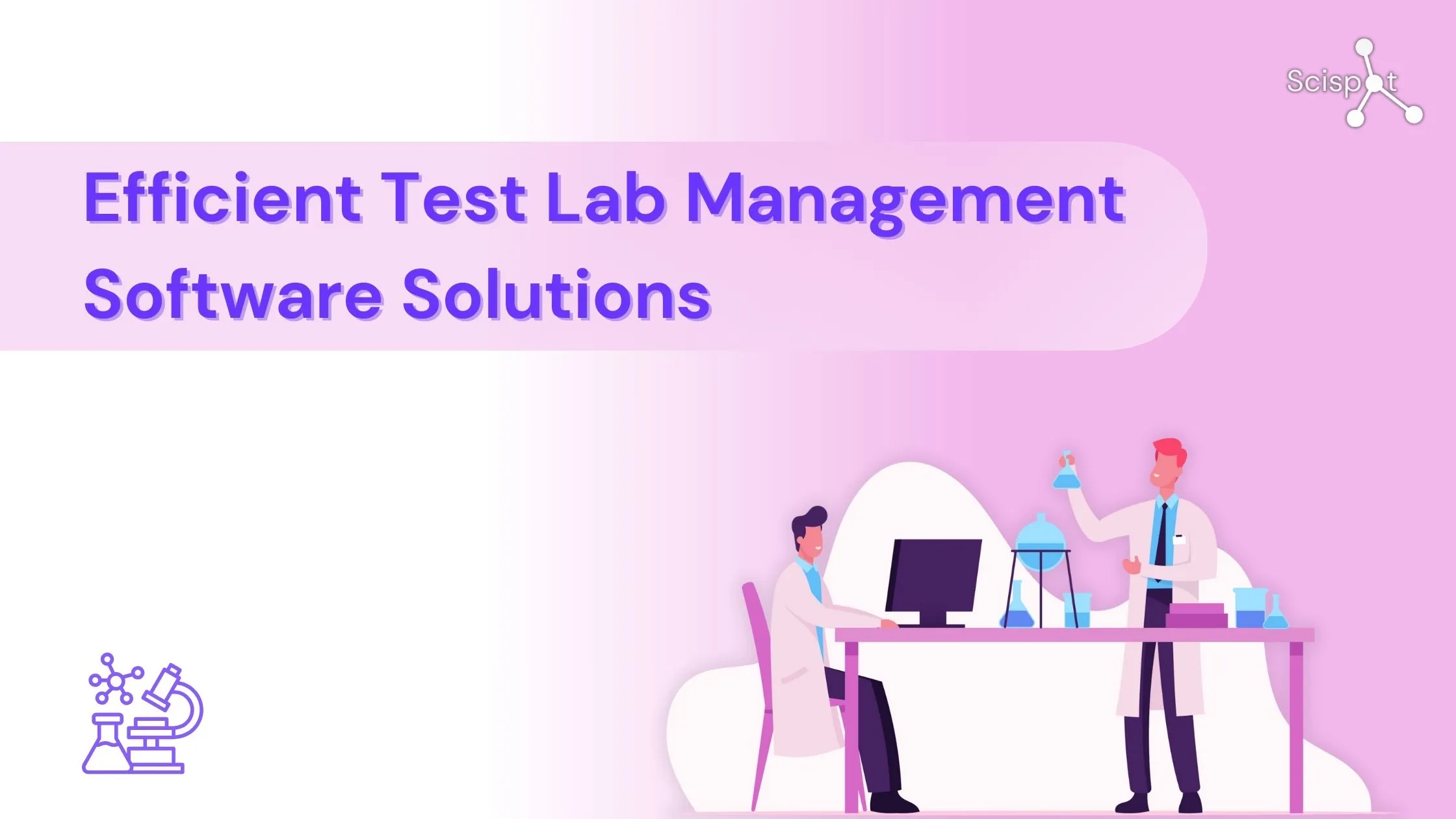Databases (aka registries) are a critical part of collecting, storing, integrating, and analyzing data at every step of life science R&D. An ideal registry system should be a flexible, integrable, relational database to store the lab data in machine-actional format all the time. Yet there is a lack of registry system in the market that fits the bill. That is, until Scipot’s Labsheets come into play.
Most biotech startups and scaleups have to settle with registries that are outdated, rigid, and frustrating to use. Some biotechs decide to build their custom databases or data warehouses that are expensive and time-consuming to build and are unchangeable once made. Lab and data scientists need a truly flexible registry that is customizable, easy to redesign, and doesn’t take serious time and investment to get their hands on.
Scispot’s registries, Labsheets, are designed to be trouble-free for users. With options to follow a template, or start from scratch, you can quickly make a new registry without wasting time or effort. With every registry in the same platform, moving and connecting data, and sharing information with stakeholders is possible without compromising data integrity. Connecting the dots between source experiments, equipment data, inventory data, and outcomes has never been faster. Wondering how to build a new registry in 30 seconds? Here’s how:
- Click Import located on the top right corner of your Labsheet account; You will have the option between Excel and Google Sheets for your initial data source.
- Select your file
- You will be asked if your file has column headers, simply select yes or no
- You will have the option of where to import your file, select “Create a New Labsheet”
- Name your Labsheet, and enjoy your new registry!
. No one wants to wait months for their database to be built, or to waste time trying to figure out how to use outdated software. Book a demo with a Scispot team member to learn more about the convenience of a streamlined, customizable lifescience registry.






.webp)

%20(1).webp)



